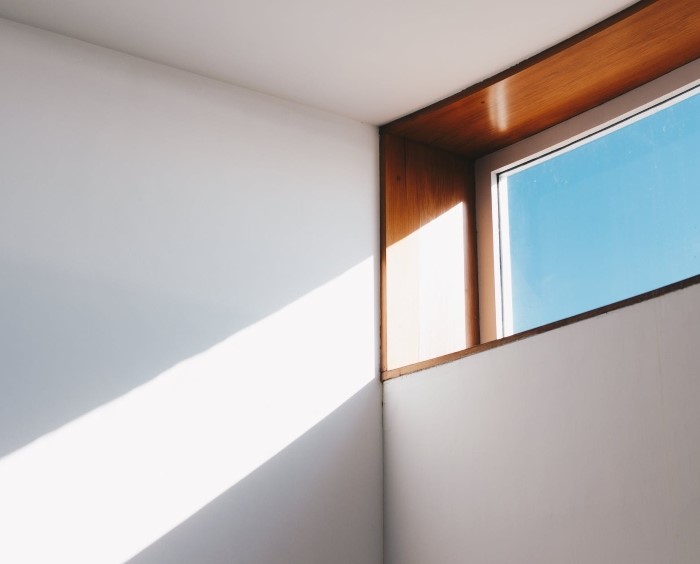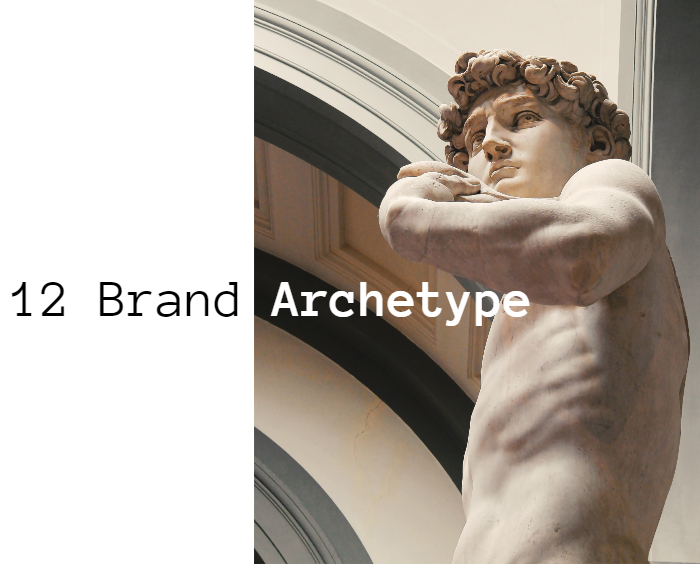As web design focuses more and more on good user experience, designers need to create the most usable and attractive websites. Carefully applied minimalist principles can help designers make attractive and effective websites with fewer elements, simplifying and improving users’ interactions.
Let’s look at the principle of “less-is-more” and its effect on web design.
A short history of minimalist design
Some web designers mistakenly think of minimalism as a primarily aesthetic choice. To avoid focusing only on aesthetics, let’s discuss the roots of minimalist design.
Minimalist Trend in web design started not very long time ago. When discussing minimalist design, a person might think of traditional Japanese culture. Japanese culture values balance and simplicity. Japanese architecture, interior design, art, and graphic design have long employed minimalist aspects.
Influenced by the introduction of modern materials, such as glass and steel, many architects began to employ minimalist designs in their buildings. Ludwig Mies Van der Rohe, the German-American architect, was one of the pioneers of the minimalist movement. He is credited with first applying the phrase “less is more” to architectural design.
“Less-is-more” soon was adopted in other fields and industries of art.
What is minimalist web design?
Today, minimalism has reemerged as a powerful technique in modern web design. It became popular as a reaction to a trend of increasing complexity in web design. Visual complexity has been shown to affect a user’s perception of a website: The more elements a design has, the more complex it will look to the user.
Applied correctly, minimalism can help us focus our designs to simplify user tasks. A study made by EyeQuant suggests that clean design results in a lower bounce rate. Minimalism has brought additional benefits to websites, faster-loading times and better compatibility between screen sizes.
One of the most famous examples of minimalism in web design is Google Search. Google has prioritized simplicity in its interfaces since the 1990s. The homepage is designed entirely around its central search function.
Only the Essentials
A minimalist strategy in web design is one that seeks to simplify interfaces by removing elements and content that do not support user tasks. To create a truly minimalist interface, a designer has to prioritize elements, showing only those elements of the highest importance.
Every item in a design should have a purpose. As Joshua Becker states “You don’t need more space. You need less stuff.”
At the same time, be sure that you aren’t making your users’ primary tasks more difficult by removing or hiding content that they need. The idea is to make the message more clear, not more hidden. Thus, design around the content, and leave just enough visible elements (such as primary navigation) so that users find everything easy.
Negative space
Negative (or white) space is the most important feature of minimalism and gives it much of its power. Negative space is the space between visual elements. More space means more emphasis on existing elements. In Japanese culture it is known as the MA principle - to emphasize the value of objects, space between objects are treated.
Even though sometimes negative space is called white space, it is not necessarily white.
For my consultation and help, me and my company will be always with you.
Only original solutions - Lemons.ge
Address: Tsereteli ave. #117ა
Office: ( 995) 032 2 45 01 01









